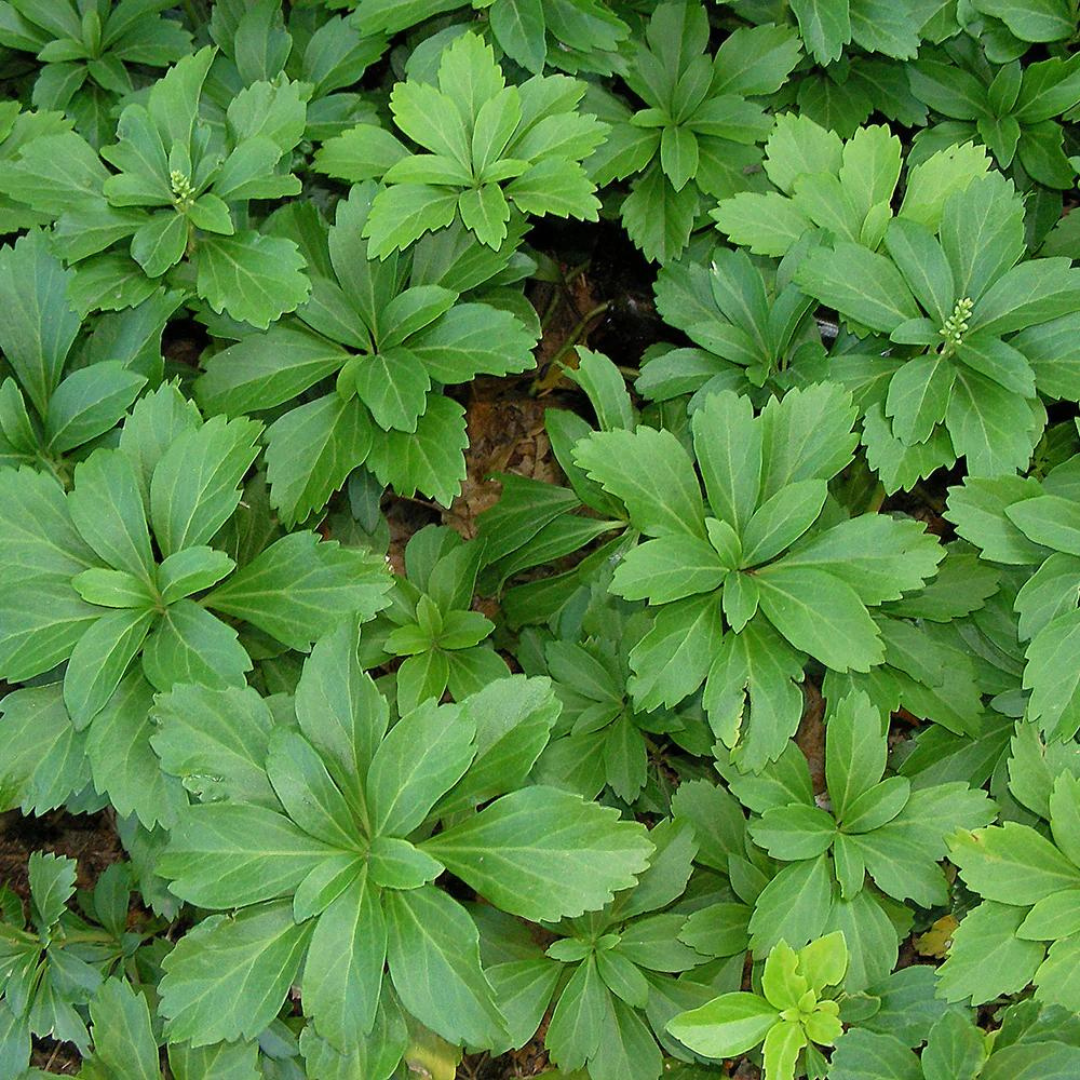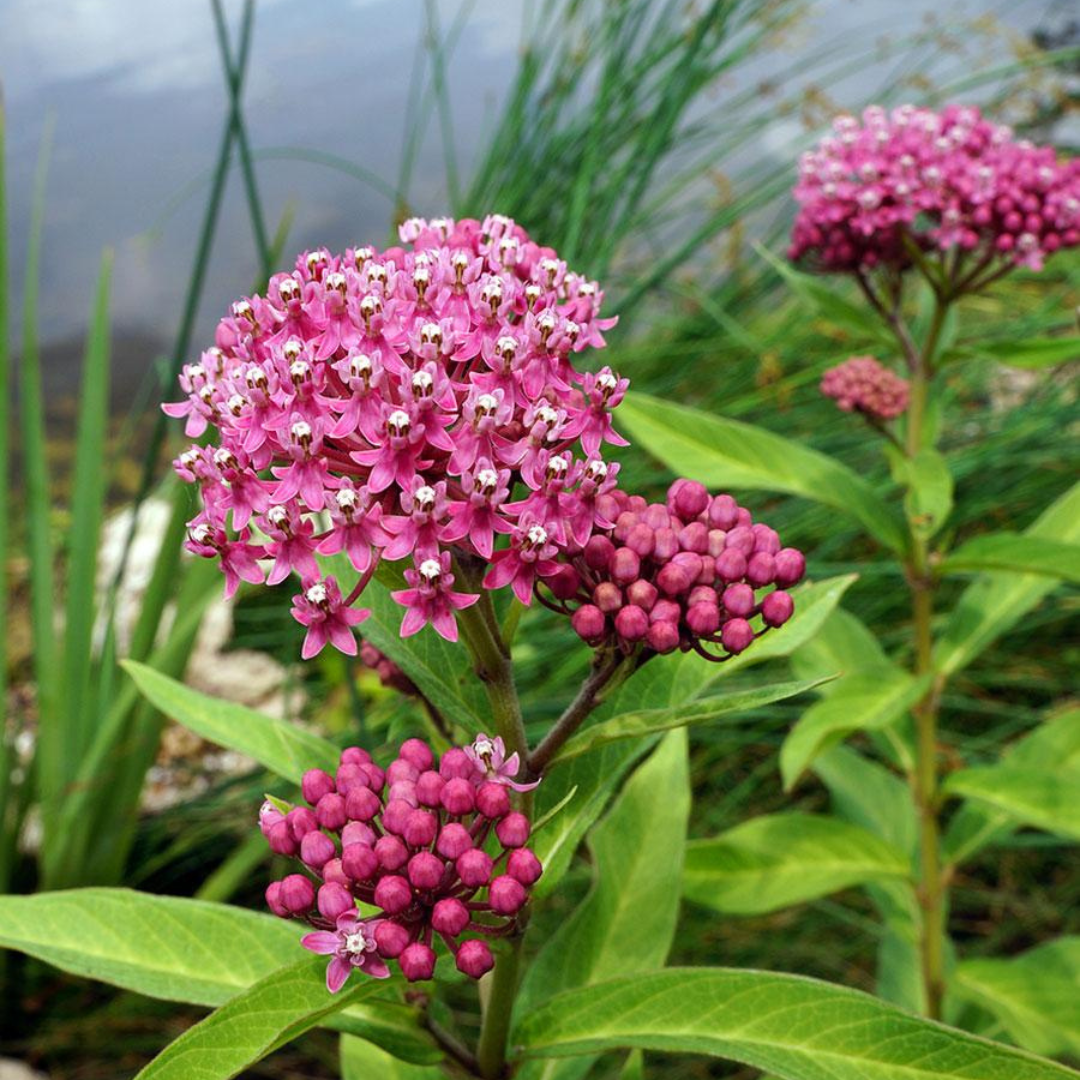
Symphyotrichum ericoides
Add to Wishlist Full Sun
Full Sun
 Pollinator Friendly
Pollinator Friendly
 Native
Native
- In stock, ready to ship
- Backordered, shipping soon
Aster ericoides: Clouds of Autumn Light
Delicate yet abundant, Aster ericoides, or heath aster, creates a soft, misty haze of tiny white daisies from late summer into fall. Its fine, heath-like foliage and airy branching habit form a loose, upright mound that catches the autumn light beautifully. A magnet for late-season pollinators, this native perennial brings movement, texture, and ecological value to naturalistic borders, prairie plantings, and meadow-style gardens.
Plant Characteristics:
- Height: 60–90 cm
- Spread: 45–60 cm, forming an airy, upright clump
- Flower Colour: White with yellow centres
- Flowering Period: Late summer to mid-fall
- Foliage: Small, narrow, needle-like leaves; dark green and finely textured
- Sunlight Requirements: Full sun
- Soil Requirements: Well-drained to dry soil; tolerates poor conditions
Uses and Benefits: Aster ericoides is ideal for prairie gardens, sunny meadows, and naturalized borders where its soft form and fine texture can contrast with bolder perennials and grasses. Its abundant blooms feed pollinators well into autumn, while its drought tolerance and adaptability make it an easy-care addition to low-maintenance landscapes. It also provides excellent support for beneficial insects and small wildlife.
Companion Plants: Pair with the golden, arching sprays of Solidago 'Fireworks', the smoky blue blades of Schizachyrium 'The Blues', and the pale, nodding flowers of Echinacea pallida for a late-season planting full of soft contrast, natural movement, and ecological richness.
Care Instructions: Plant in full sun with well-drained soil. Tolerates drought and poor soils once established. Shear back lightly in early summer to encourage a bushier habit if desired. Cut back stems in late fall or leave standing to provide winter structure and support overwintering insects. Divide every few years in early spring to maintain vigour.
History: Native to much of North America, Aster ericoides (now often classified as Symphyotrichum ericoides) is a foundational plant in prairie and open meadow ecosystems. Its fine foliage and cloud-like blooms have earned it a place in both ecological restoration and ornamental gardening.
Final Thoughts: With its airy white blooms and graceful form, Aster ericoides brings a sense of lightness and rhythm to the autumn garden—a quiet flourish that supports pollinators when they need it most.






